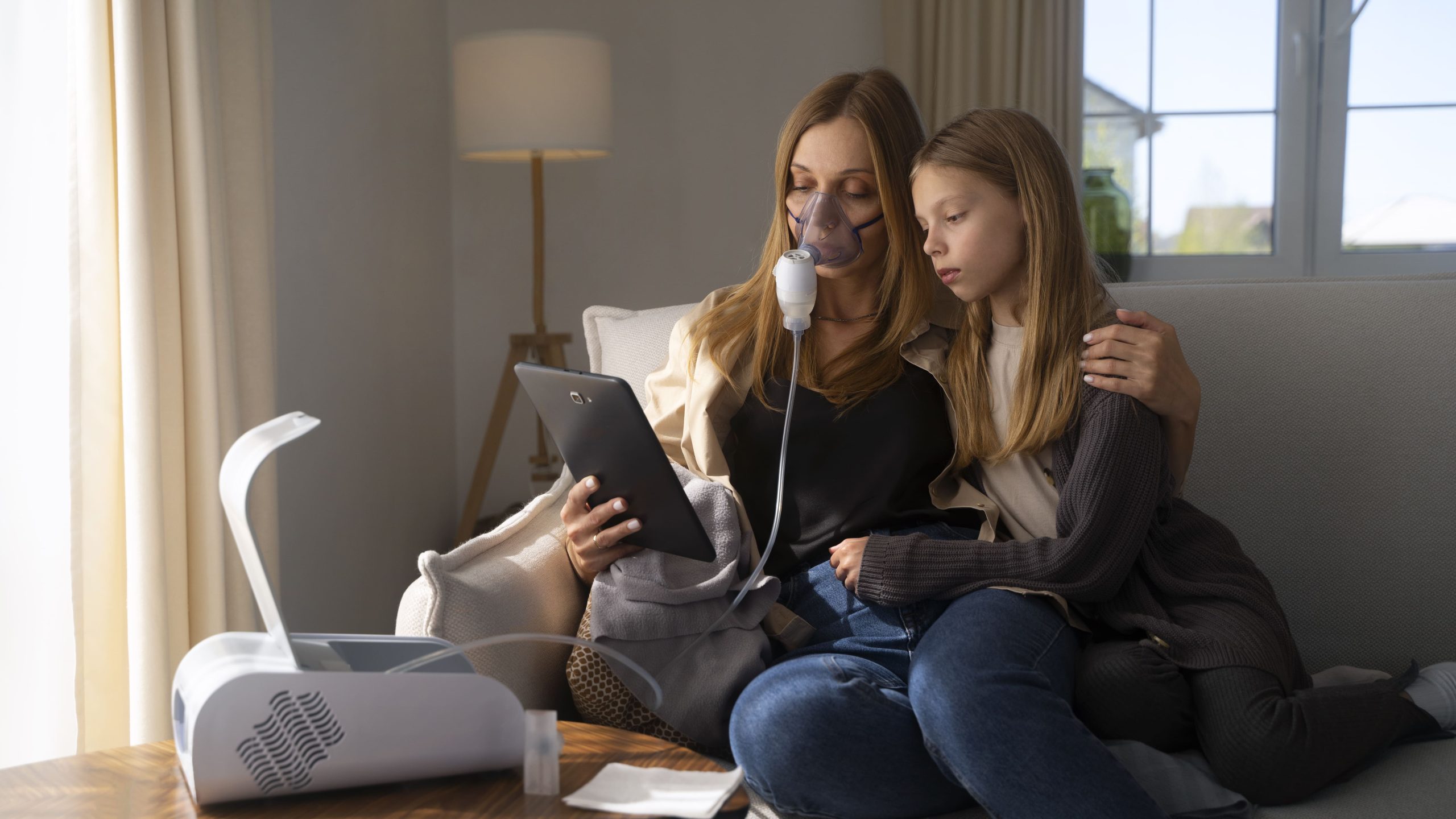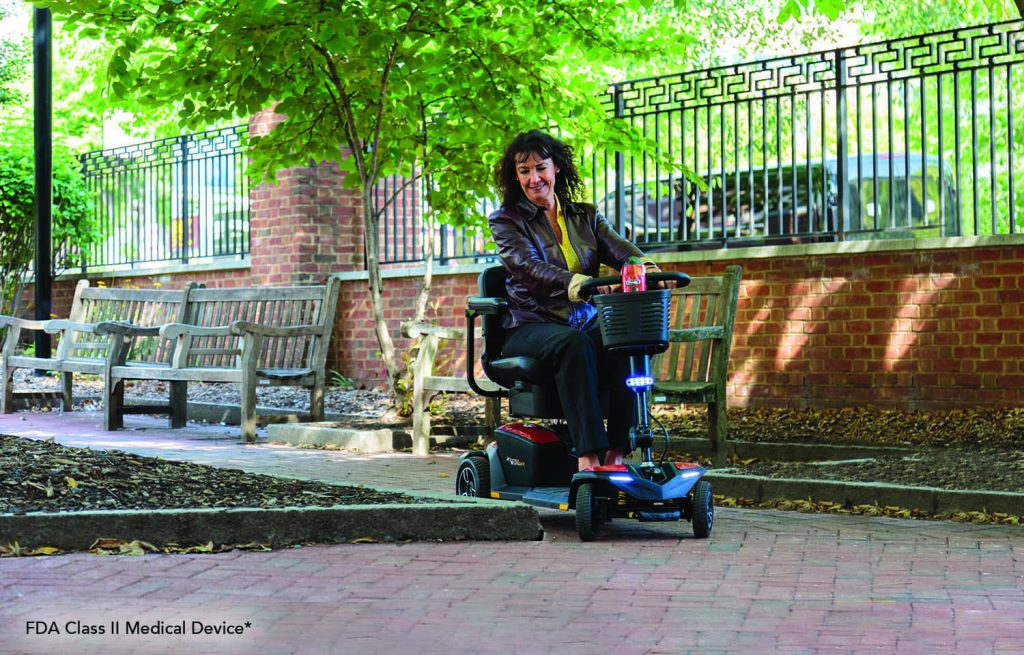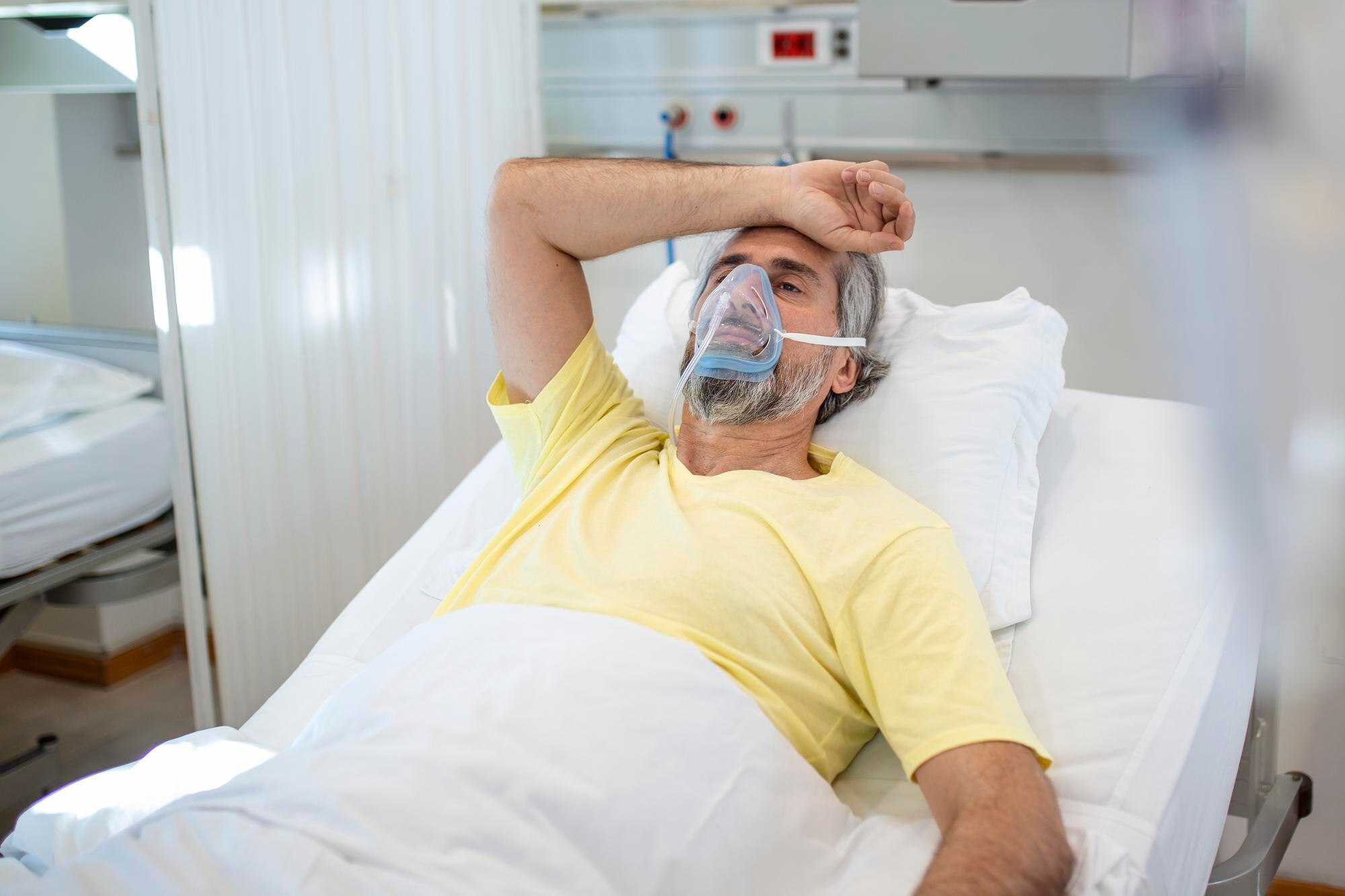If you’ve been diagnosed with sleep apnea, your doctor may have prescribed a CPAP (Continuous Positive Airway Pressure) machine to help manage your condition. For many people, the idea of using a machine to assist with breathing during sleep can feel a bit overwhelming. However, once you understand how a CPAP machine works and how to properly use it, it can greatly improve your quality of sleep—and by extension, your overall health.
In this beginner’s guide, I’ll walk you through the basics of a CPAP machine, how it works, and offer some practical advice to help you get comfortable with this new addition to your nighttime routine.
What Is a CPAP Machine?
A CPAP machine is a device designed to treat obstructive sleep apnea (OSA). OSA occurs when the muscles at the back of your throat relax too much during sleep, causing your airway to collapse or become blocked. This blockage disrupts your breathing, leading to snoring, gasping for air, or frequent awakenings.
The CPAP machine delivers a steady stream of air pressure through a mask that keeps your airway open, allowing you to breathe normally throughout the night. It doesn’t force air into your lungs but instead ensures that your airway remains clear, preventing apnea episodes and helping you maintain restful sleep.
How Does a CPAP Machine Work?
A typical CPAP machine consists of four main components:
- The machine itself: This part houses a small motor that generates the air pressure.
- The tubing: A flexible hose that connects the machine to the mask.
- The mask: This fits over your nose, or both your nose and mouth, and delivers the pressurized air to your airway.
- A humidification chamber: This is a water filled container that ads humidity to the air you breathe. It should be filled with distilled water, cleaned regularly.
The machine continuously pushes air through the tubing and into your mask, ensuring your airway stays open while you sleep. Some machines come with additional features like heated tubing or humidifiers to make the experience more comfortable, especia
Choosing the Right CPAP Mask
Finding a mask that fits well and feels comfortable is key to using your CPAP machine effectively. There are a few types of masks to choose from:
- Nasal masks: These cover only your nose and are the most common type. They’re ideal for people who breathe through their nose while sleeping.
- Nasal pillows: These fit directly under your nostrils, providing a more minimalistic design that can feel less bulky.
- Full-face masks: These cover both your nose and mouth, making them suitable for people who tend to breathe through their mouth at night or those with frequent nasal congestion.
If you’re unsure about which mask to choose, talk to your doctor or CPAP supplier to find the best fit for your comfort and breathing style. Keep in mind that it may take some trial and error to find the perfect mask, so don’t be discouraged if the first option doesn’t feel quit
Getting Used to Your CPAP Machine
It’s normal to need some time to adjust to using your CPAP machine, especially if you’re not used to sleeping with a mask on your face. Here are a few tips to help you ease into the routine:
- Start slow: If wearing the mask feels uncomfortable at first, try using it for short periods while you’re awake. This can help you get used to the sensation of having the mask on your face.
- Adjust your mask fit: A mask that’s too tight can cause discomfort, while a loose mask may allow air to leak. Make small adjustments to the straps until it feels snug but not overly tight.
- Use the ramp feature: Many CPAP machines come with a “ramp” feature that starts the air pressure at a lower setting and gradually increases it over time. This can make falling asleep easier, especially if the sensation of the air pressure feels too strong initially.
Stay consistent: It might be tempting to skip a night or two, but consistency is important. Regular use of your CPAP machine is key to reaping the full bene
Cleaning and Maintenance
Regular cleaning and maintenance of your CPAP machine are essential to keeping it working properly and preventing issues like skin irritation or respiratory infections. Here are some basic guidelines for keeping your equipment clean:
- Daily cleaning: Wipe down the mask cushion with a damp cloth or mild soap and water. If your machine has a humidifier, empty any leftover water in the reservoir daily.
- Weekly cleaning: Once a week, wash the mask, tubing, and humidifier chamber in warm, soapy water. Rinse everything thoroughly and allow it to air dry completely before using it again.
- Filter replacement: CPAP machines come with filters that help clean the air entering the machine. Replace disposable filters every month or as recommended by the manufacturer. Wash reusable filters once a week and replace them every six months.
By keeping your CPAP machine clean, you’ll reduce the risk of infections and ensure that the machine continues to function effectively.
Troubleshooting Common CPAP Issues
While a CPAP machine can improve your sleep quality significantly, you may run into some common issues as you adjust. Here are a few common problems and their solutions:
- Dry mouth or nose: If you’re waking up with a dry mouth or nose, consider using a CPAP machine with a built-in humidifier or adding one to your current setup. This can help add moisture to the air you’re breathing, reducing dryness and irritation.
- Air leaks: Air escaping from your mask can make it less effective and disturb your sleep. Check the mask fit and make sure the straps are adjusted properly. If leaks persist, you may need to switch to a different mask style.
- Difficulty exhaling: Some people find it difficult to exhale against the air pressure from their CPAP machine. Many machines now have pressure relief settings that lower the air pressure slightly when you exhale, making it easier to breathe.
Skin irritation: Wearing the mask for long periods can sometimes lead to skin irritation or pressure sores. Try using mask liners or adjusting the mask’s fit to
Conclusion
Using a CPAP machine can be a big adjustment, but once you get used to it, you’ll likely find that your sleep quality improves significantly. With consistent use, many people report feeling more energized, experiencing fewer daytime drowsiness issues, and improving their overall health.
Remember, if you’re having trouble adjusting or experiencing any discomfort, reach out t






